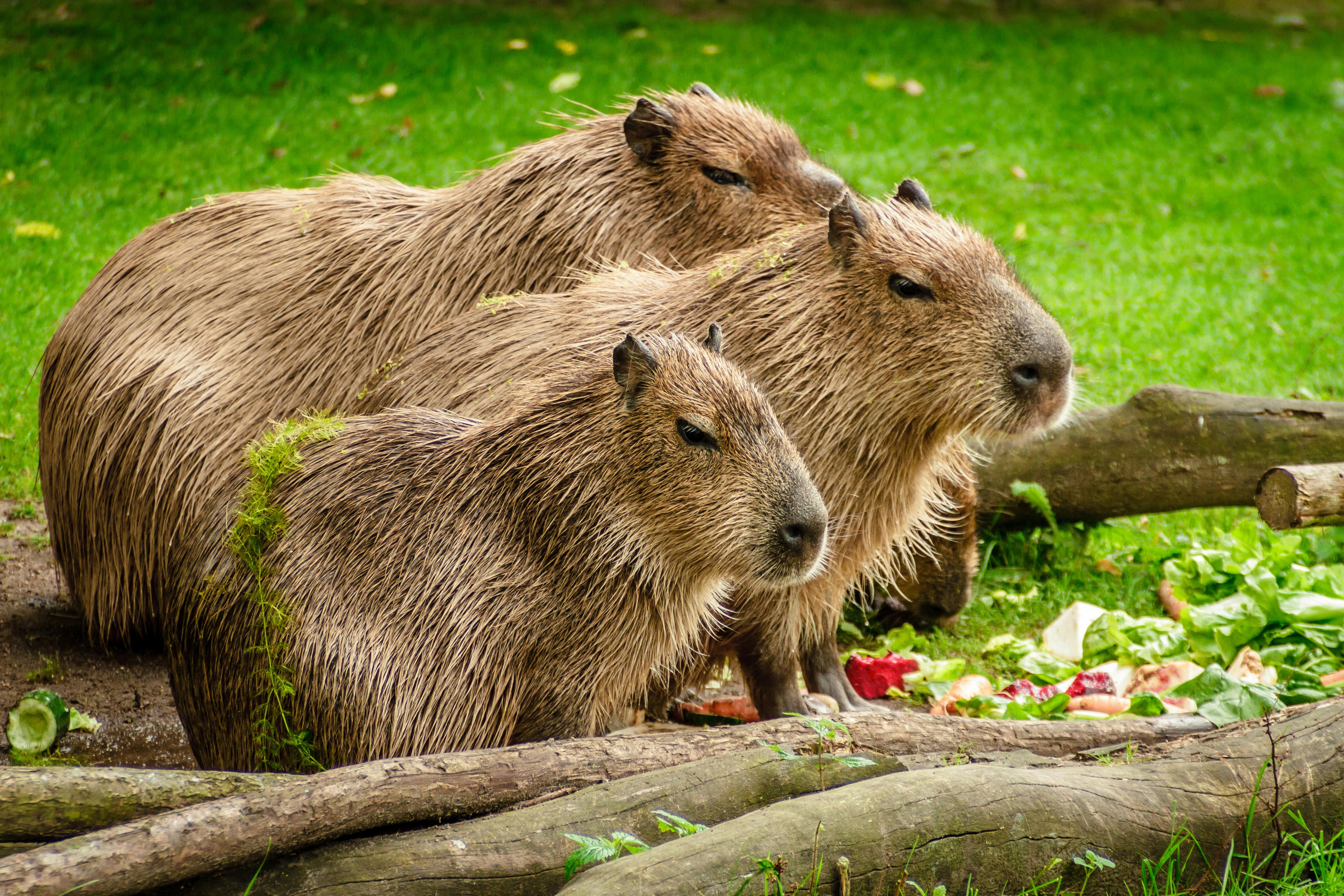Understanding the Intricacies of Capybara Behavior: A Dive into the World's Largest Rodent
The capybara, a semi-aquatic mammal native to South America, is the largest rodent in the world. Despite their intimidating size, these creatures have a reputation for being exceptionally social and gentle. This article delves into the fascinating world of capybara behavior, exploring their unique social structure, communication tactics, and relationship with other species.

Capybara’s Unique Social Structure
Capybaras are highly social creatures, living in groups typically consisting of 10 to 20 individuals. These groups are matriarchal, with the oldest and largest female leading the pack. This social structure is unique among rodents and reveals a complex social hierarchy rarely seen in such creatures.
Communication Tactics Among Capybaras
Capybaras communicate in various ways, from vocalizations to body language. They use a wide range of sounds, including purrs, barks, whistles, and clicks, to communicate with their group members. Body language also plays a crucial role, with postures and movements used to signal submission, dominance, or alarm.
Interactions with Other Species
One of the most fascinating aspects of capybara behavior is their unusual tolerance and interaction with other species. Capybaras are known to cohabit peacefully with a wide variety of animals, from birds to monkeys. This unique trait has sparked interest among scientists, leading to various studies on interspecies interactions.
Current Research and Findings
Recent studies have revealed more about capybaras’ complex social behavior. For instance, research has found that capybaras can recognize individual members of their group even after long periods of separation. This discovery suggests a level of social memory and recognition previously underestimated in rodents.
Capybaras as Pets: Cost and Impact
While capybaras are not common pets, their popularity has been growing, particularly in Japan. However, caring for these large rodents can be challenging and costly. The price for a capybara can range between $500 to $3,000, not including the costs of care and habitat maintenance. Despite the fascination with these creatures, experts urge potential owners to consider the impact of keeping such a unique and social animal in a domestic environment.
Capybaras, with their unique social behavior and interactions, are fascinating creatures that continue to intrigue both the scientific community and animal enthusiasts. As research continues, we may yet uncover more intriguing insights into the world of these gentle giants. However, their rise in popularity as pets also calls for responsible ownership and an understanding of the needs of these complex creatures.




